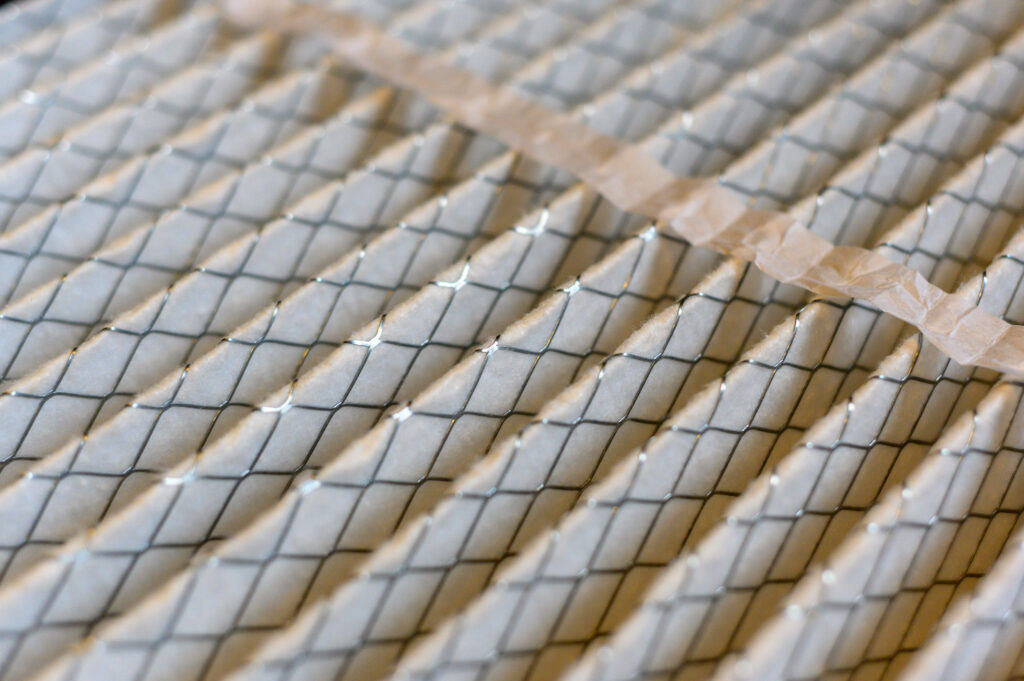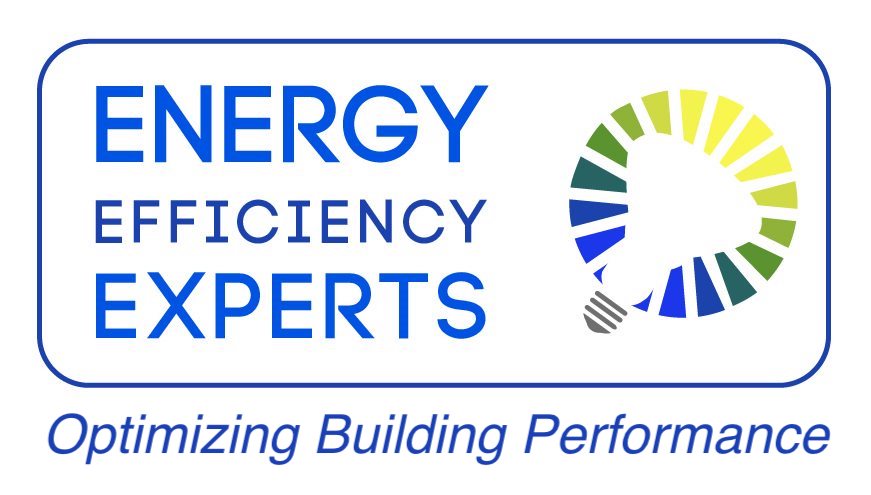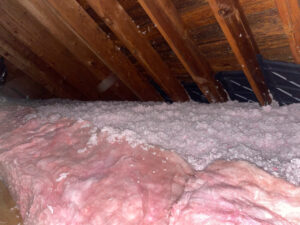
A handful of things that can affect indoor air quality are ducts, ventilation fans, and attic insulation systems that are not properly installed or maintained. They can and will cause health problems as they deteriorate. If not checked on by a professional, they can become inefficient, increase your utility bills, and generally make your indoor areas an uncomfortable place.
Another important aspect of indoor air quality is controlling mold and fungi. These can be found where moisture can persistently gather over a period of time. If attic insulation is aging (usually taking 15-20 years), then it is most likely not working as well as it was when it was newly installed, and the possibility of condensation and mold growth occurring becomes very real. Time will eventually erode the effectiveness of most types of insulation and the introduction of moisture to them will render them even more useless. Water depletes the heat-resistant qualities of cellulose/fiberglass insulation and can accelerate the mold growth process. As long as moisture can gather in the area that is poorly insulated, things such as wood rot and even airborne mold can grow and circulate. This by itself is an already alarming situation, but it can get even worse as a result of your HVAC system. Since ductwork consists of an air network that passes throughout your home, these particles have easy access to almost every corner of your home. Inhalation of mold spores can cause respiratory problems that often mimic seasonal allergies, including headaches, dizziness, and difficulty concentrating. Frequent contamination can compound these issues and may increase in severity by causing illness and respiratory problems throughout the year.
As the summer heat continues to dominate the coming months, homes without proper attic insulation, airsealing, and ventilation will experience increasingly high levels of discomfort in their homes. Old or improperly installed insulation, plus the lack of airsealing between your house and outside make it so that the cool air coming from your ducts are not staying within the house. This can cause your ducts to “sweat”. We often see leaky houses experience duct sweating, which often leads to mold around the ductwork. Tightening up the house through airsealing, tightening leaky ducts, and adding the recommended 17 inches (for northern climates its R-49) to the total amount of attic insulation along with installing bathroom fans that ventilate to the outside can help with comfort, utility bills, and indoor air quality.

If you are concerned with the air quality in your home, or feel that your attic insulation is in poor condition, then it might be a good time to schedule an energy adult with Energy Efficiency Experts. It’s important to have not only the right amount of insulation but it’s just as important to remove old insulation and correctly install new ones to prevent the issues water damage and mold issues. We have extensive knowledge of how homes with sufficient attic insulation and ventilation can prevent many undesirable outcomes such as stuffy homes and high energy bills while also increasing home air qualit





